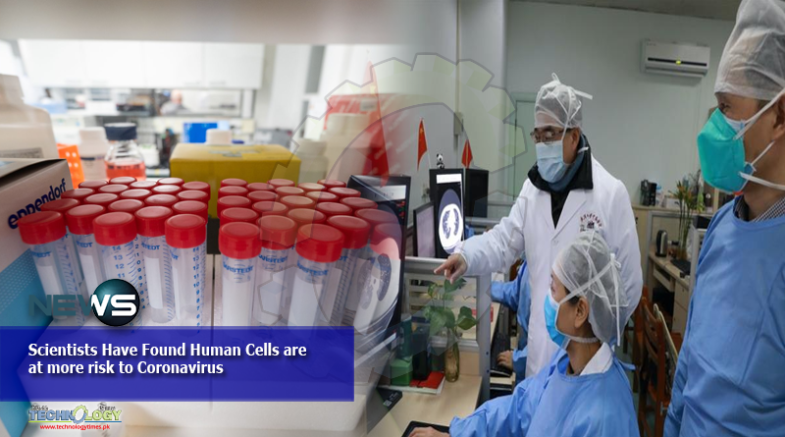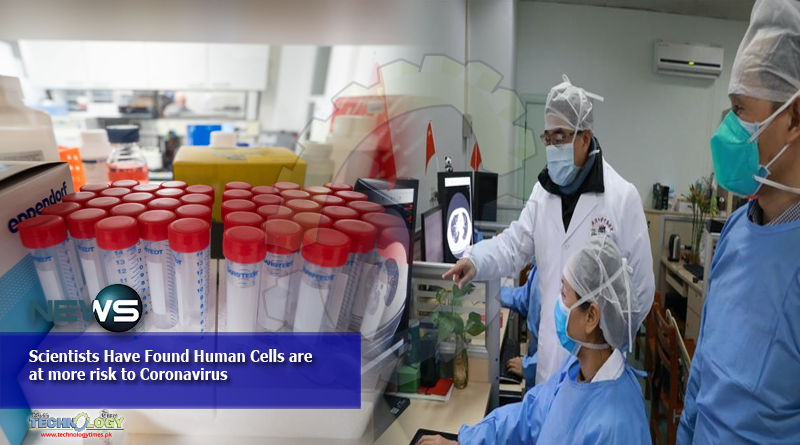Scientists have discovered that cells in the human body may be most susceptible to infection by the SARS-CoV-2 virus, identifying main targets for the pathogen based on the types of proteins produced by cells.

Researchers found that the virus responsible, officially designated SARS-CoV, infects cells in the human body are more susceptible with the help of two proteins: a receptor called angiotensin-converting enzyme 2 (ACE2), which helps the virus bind to cells, and an enzyme called Type II transmembrane serine protease (TMPRSS2), which mediates the infection of the cell.
Earlier this year, scientists discovered that SARS-CoV-2 – the one that causes COVID-19 – exploits the same two proteins, giving researchers a vital clue to identify the most susceptible targets of the virus at the cellular level: cells in respiratory and intestinal tissue that express both ACE2 and TMPRSS2.
The role of these proteins had been biochemically confirmed and researchers started looking to see where those genes are in our existing datasets.
In a huge, multi-institutional effort involving dozens of scientists, researchers combed through multiple RNA-sequencing datasets, compiling information for thousands of different kinds of cells in humans, non-human primates, and mice.
In particular, the team was looking for gene expression patterns for hundreds of cell types in the lungs, nasal passages, and intestine – areas of the body that we know can harbor SARS-CoV-2.
“Because we have this incredible repository of information, we were able to begin to look at what would be likely target cells for infection,” elaborated by chemical physicist Alex Shalek from MIT.
